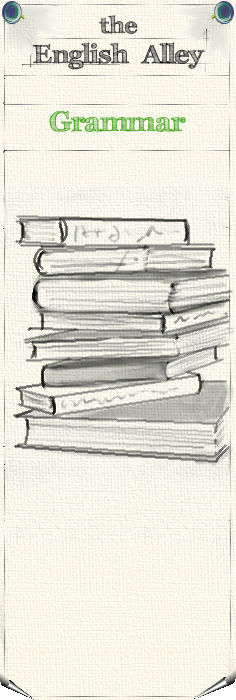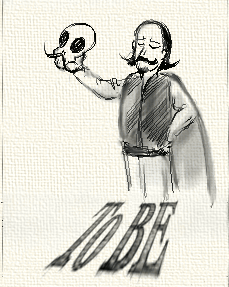| |

|
  
| Afirmative (+) |
| I am |
I'm |
I am Michael. |
I'm 21 years old. |
| You are |
You're |
You are tall. |
You're a nice person. |
| He/she/it is |
He's |
She is pretty, he is handsome. |
The car is red. It's red. |
| We are |
We're |
We are friends. |
We're family. |
| You are |
You're |
You are my collegues |
You're my friends |
| They are |
They're |
They are policemen. |
They're policewomen. |
| |
|
|
|
| Negative (-) |
| I am not |
I'm not |
I am not stupid. |
I'm not cold. |
| You are not |
You aren't |
You aren't invited. |
You aren't fat. |
| He/she/it is not |
He isn't |
The wall isn't pink. |
She isn't blonde.. |
| We are not |
We aren't |
We aren't friends. |
We aren't there. |
| You are not |
You aren't |
You aren't German. |
You aren't Italian. |
| They are not |
They aren't |
They aren't from Paris. |
They aren't from Rome. |
| |
|
|
|
| Interrogative (?) |
SHORT ANSWERS |
| Am I? |
Am I late? |
Yes, you are. |
No, you aren't |
| Are you? |
Are you Patrick? |
Yes, I am. |
No, I am not. |
| Is she/he/it? |
is he Polish? |
Yes, he is. |
No, he isn't. |
| Are we? |
Are we sacked? |
Yes, you are. |
No, you aren't. |
| Are you? |
Are you from Brazil? |
Yes, we are. |
No, we aren't. |
| Are they? |
Are they on holidays? |
Yes, they are. |
No, they aren't |

Rules:
Normally we use the verb to be to show the status or characteristics of something or someone (as a stative verb).
- Use capital “I”. Ex: I am not stupid. NOT: i’m (with lowercase letter)
- Use “he” for a man, “she” for a woman, and “it” for a thing.
- Use “they” for people or things. Ex: It’s a duck, they are ducks.
- We musn't use contractions in formal written English but we normally use them in conversation.
Question tags:
We use question tags in spoken English but not in formal written English. They are not really questions but a way of asking other people to make a comment and being able to keep the conversation open.
| Am I not? |
I am right. Am I not? |
| Aren't you? |
You are lying. aren't you? |
| Isn't she? |
She is 20 years old, isn't she? |
|
|



